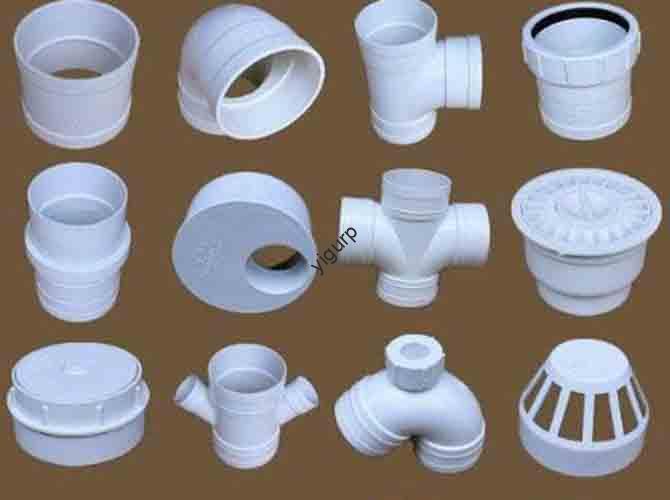No mundo em ritmo acelerado de fabricação aditiva, 3D Printing DLP (Processamento de luz digital) stands out as a game-changer for industries demanding precision, velocidade, e qualidade. This guide breaks down how DLP technology works, its unmatched features, Aplicações do mundo real, and why it’s becoming a top choice for engineers, designers, and manufacturers worldwide.
1. How Does 3D Printing DLP Work?
DLP 3D printing relies on a Resina fotossensível and a digital light chip to build parts layer by layer—with a key advantage: entire layers cure at once, unlike traditional “tracking” Métodos (Por exemplo, FDM ou SLA). Abaixo está um detalhamento passo a passo do processo, plus a comparison to conventional layer-curing techniques.
1.1 Step-by-Step DLP Printing Process
- Prepare the Setup: A build platform is positioned above a reservoir filled with Resina fotossensível.
- Project Layer Images: A DLP chip projects a high-resolution 2D cross-section of the part onto the resin surface.
- Cure Simultaneously: The exposed resin hardens instantly, forming one complete layer (no tracking needed).
- Layer-by-Layer Build: The build platform moves upward slightly, and the next cross-section is projected—repeating until the part is finished.
- Pós-processamento: Remova a peça, clean excess resin, e (se necessário) cure it further to boost strength.
1.2 DLP vs.. Traditional Layer-Curing: Speed Comparison
| Recurso | 3D Printing DLP | Traditional Tracking Methods (Por exemplo, SLA) |
| Layer Curing Method | Entire layer cures at once | Laser tracks and cures one point at a time |
| Velocidade de impressão | 2–5x faster for large-area parts | Mais devagar, especialmente para geometrias complexas |
| Suavidade da superfície | Naturally smooth (Pós-processamento mínimo) | Requires sanding/polishing |
2. Core Features of 3D Printing DLP
What makes DLP technology stand out? Its combination of precision, velocidade, and versatility solves pain points for industries like healthcare, joia, e bens de consumo. Below are its most impactful features, with hard data to highlight performance.
| Recurso | Detalhes -chave & Benefícios |
| Ultra-High Accuracy | Produces features as thin as 0.05 milímetros (50 microns) sem linhas de camada visível. Suporta geometrias complexas (Por exemplo, tiny medical implants). |
| Acabamento superficial liso | Achieves the smoothest surface among all 3D printing processes via digital polishing (combines software tuning and specialized resins). No sanding needed for most applications. |
| Minimal Post-Processing | Cuts post-work time by 60–80% compared to FDM/SLA. Only requires resin cleaning and optional final curing. |
| High-Speed Large-Area Printing | Cures entire layers in seconds (Por exemplo, a 100x100mm layer cures in <10é). Ideal for batch production of small parts. |
| Elastomeric Material Support | Prints high-viscosity elastomeric resins (Por exemplo, for flexible medical devices) that outperform traditional foam-based products in durability and precision. |
| Transparent/Clear Printing | Uses a holistic resin-machine approach to create clear or colored transparent parts (Por exemplo, medical lenses, Casas eletrônicas de consumo) with no clouding. |
| Direct Colored Part Printing | Eliminates dyeing steps by printing colored parts directly. Transforms consumer industries (Por exemplo, brinquedos personalizados, joia) with faster time-to-market. |
3. Real-World Applications of 3D Printing DLP
DLP’s unique strengths make it indispensable across high-precision and fast-turnaround industries. Below are its top use cases, com exemplos específicos.
3.1 Campo médico
- Odontologia: Creates coroas dentárias, pontes, and aligners with 0.05mm precision—matching natural tooth shape and fit.
- Surgical Tools: Prints custom implant guides and plaster casts for pre-surgery planning, reducing operation time by 30%.
- Dispositivos médicos: Produces flexible elastomeric parts (Por exemplo, forros protéticos) that are more comfortable and durable than traditional alternatives.
3.2 Jewelry Industry
- Wax Pattern Prototyping: Rapidly prints wax patterns for lost-wax casting—cutting prototype time from 3 dias para 4 horas.
- Custom Metal Jewelry: Enables intricate designs (Por exemplo, micro-patterned pendants) that are impossible with traditional machining.
3.3 Other Key Industries
- Design de produto: Creates fine-part prototypes (Por exemplo, Componentes eletrônicos) for testing form and function.
- Brinquedos & Models: Prints high-detail, colored models (Por exemplo, collectible figurines) directly—no painting or assembly needed.
- Aeroespacial: Produces small, peças precisas (Por exemplo, Altas do sensor) with lightweight and high-strength resins.
Yigu Technology’s Perspective on 3D Printing DLP
Na tecnologia Yigu, nós vemos 3D Printing DLP as a cornerstone of next-gen additive manufacturing. Sua capacidade de equilibrar a velocidade, precisão, and material versatility addresses our clients’ biggest challenges—from reducing medical device lead times to enabling custom jewelry mass production. We’ve integrated DLP into our solutions to help industries cut costs by 40–50% while improving part quality. As resins and DLP chips advance, we expect DLP to dominate high-precision sectors like micro-medical devices and luxury goods in the next 3–5 years.
Perguntas frequentes: Common Questions About 3D Printing DLP
- P: Is 3D Printing DLP more expensive than other 3D printing methods?
UM: Initial machine costs are higher than FDM, but DLP saves money long-term via faster printing, Menos pós-processamento, and lower material waste (30–50% less than SLA).
- P: Can DLP 3D printers use standard resins, ou eles precisam de materiais especializados?
UM: Embora algumas resinas básicas funcionem, DLP tem melhor desempenho com Resinas otimizadas para DLP (Por exemplo, elastomérico, transparente, ou variantes de alta precisão) para desbloquear todo o seu potencial (Por exemplo, superfícies suaves, transparência).
- P: Qual é o tamanho máximo da peça que as impressoras DLP 3D podem produzir?
UM: A maioria das impressoras DLP profissionais/de consumo lidam com peças de até 200x200x300mm. Modelos industriais podem imprimir peças maiores (até 500x500x600mm) para aplicações aeroespaciais ou automotivas.
